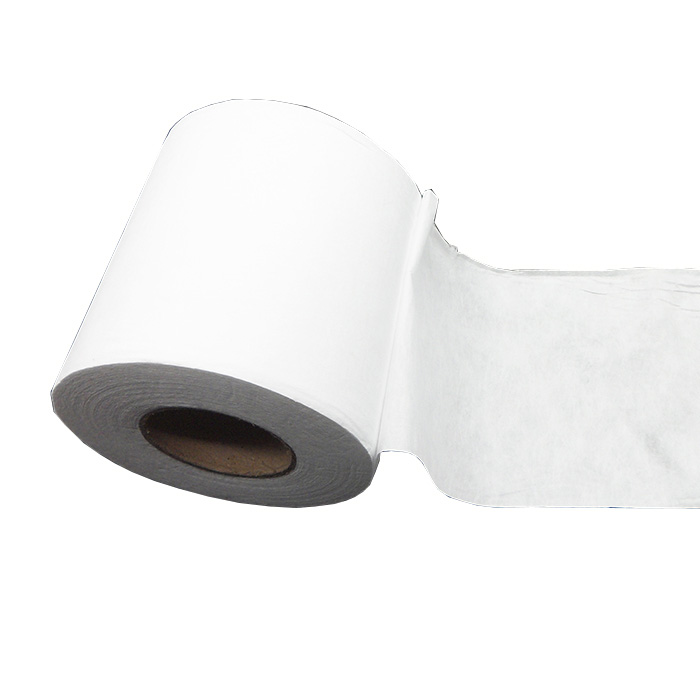1, reduce the speed of the main engine, the amount of metering pump is reduced.
How to control the reduction of measurement requires you to record carefully and debug patiently. Suppose your meltblow machine is 1600 mm wide, generally is cut for 9 volumes, width 175 mm as an example, some customers are not 175 calculation and so on.
For example, for a melt-blown cloth with a weight of 25 grams (g/m2), basically keep the weight of your sample (sample 100 cm2 ≈11.3 cm diameter circular cloth, as shown above) between 0.25 and 0.28 grams. Suppose we are now going to make a melt-blown cloth between 0.25 and 0.28, using a gram weight meter to test the weight of a single piece. Record data, each volume is marked by 1~9, at this time the total amount of 1~9 on the gram weight meter to get a total data.
For example, suppose we have 1 roll 0.27, 2 roll 0.28, 3 roll 0.27, 4 roll 0.29, 5 roll 0.26, 6 roll 0.26, 7 roll 0.28, 8 roll 0.25, 9 roll 0.25. At this time, we divide the calculated weight of all the original film funk weight meter by 9, we calculate an average of 0.268. Assuming that your weight is /9, the calculated average is between 0.25 and 0.28, which proves that your weight measurement is correct. Then you adjust the gram weight of each volume, we see in volume 4 above, 0.29 is more than gram weight. Here adjust each roll separately, remember this sentence: gram weight small heating, gram heavy cooling.
2, the above steps to complete is to control your amount, the weight of each volume is not the same, the value of the test is not the same, that is, you adjust, within the range of control, increase the efficiency of the cloth, the heavy, spray cloth efficiency is also high, but the resistance is also increased.
3, increase the flow of hot air, hot air lifting.
4. The above elements are basically to control your cloth with high filtration efficiency. Below, we will deal with the most critical resistance problem.
5, increase the DCD(receiving distance), now assume that your distance is 16 cm, change the DCD to 16.5 cm, and so on, record the data for fine tuning.
6, the distance is changing, the air absorption at the bottom of the net also needs to change, because polypropylene is twisted into fiber into a net by its own heat. The closer the distance, the greater the heat, to increase the air absorption at the bottom of the net; The farther away, to reduce the suction of the bottom of the net.
The moving distance should control the suction volume of the bottom of the net, slightly mobilize, do not reduce a large range. Move to record the data, step by step adjustment to the best, resistance down, spraying efficiency will be reduced. Within the controllable range, maintain efficiency, reduce resistance, balance between the two.
7, reduce the speed of the conveyor belt and the speed of winding, within the controllable range.
8, hot air temperature, control in the state of not flying, close to the temperature of the hot air will be reduced.
9, the main resistance factor is DCD, cloth gram weight, in this convenient to do more details. As the DCD changes, so does the data. The efficiency goes down to increase the air volume and the temperature of the wind, the speed of the main engine slows down, and so on. It's all very detailed.
10. Low efficiency under resistance. As long as the air volume and air pressure are increased, the main engine speed is reduced, and the temperature of each area of the mold remains gram weight, the gram weight is insufficient and the temperature of each area can be heated up, slightly increasing the temperature of each area. Maintain the weight within the adjustable range.
11, static electret need not be described, basically keep no sparks.
12, filter screen attention 2 hours a change, a long time will also affect the resistance.
If you want to know more about the meltblown filter material for FFP2 or the meltblown filter BFE 99, please contact us.











